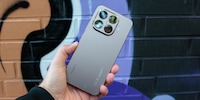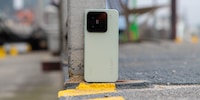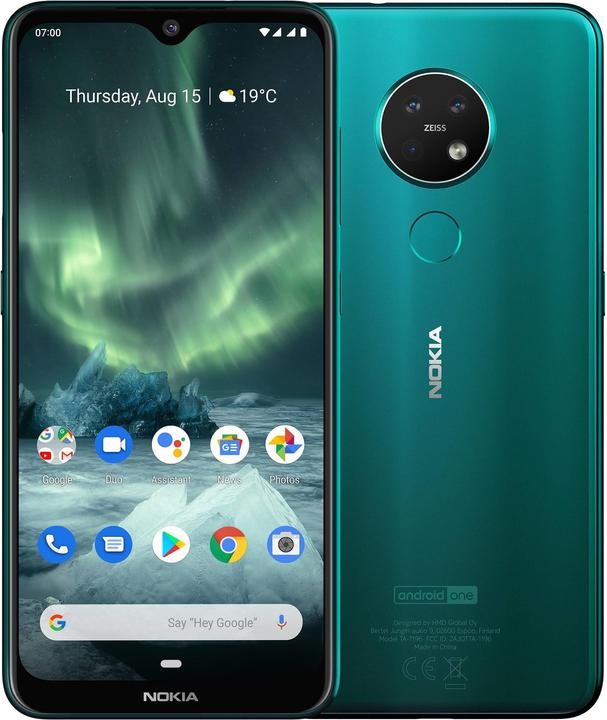

Nokia 7.2 vs. Xiaomi Redmi Note 8 Pro: Two affordable smartphones tested
The Nokia 7.2 and the Xiaomi Redmi Note 8 Pro are two smartphones with a few things in common and similar prices. But which one is better?
Optically, the cameras arranged lengthways and in a circle are a clear distinguishing feature. In terms of materials, however, there are fewer differences: a metal frame holds the components and the plastic back and display together. If the white Redmi Note 8 Pro changes colours too much for you: Xiaomi also offers it in less striking colours. The Nokia 7.2, on the other hand, always remains subtle in colour.
Large touchscreens with notch
The Nokia 7.2 has a 6.3-inch display. The Redmi Note 8 Pro goes one better and has a diagonal diameter of 6.53 inches on its LCD screen. The resolution is 2340×1080 pixels in each case, making the image on the Nokia appear sharper in direct comparison. The 7.2 is also ahead in terms of colour. Its touchscreen has a little more yellow in it, which makes the colours appear more vibrant, vivid and beautiful.
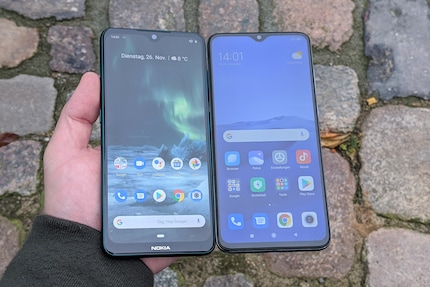
On both smartphones, you can see the notch at the top edge - the cut-out for the front camera. The frame is particularly narrow on the sides, but the top and bottom are far from bezel-less.
48 vs. 64 megapixels
The days when more megapixels automatically meant better image quality are over. This becomes clear with the Nokia 7.2 and Redmi Note 8 Pro in that the manufacturers labelled the cameras with 48 and 64 megapixels, but the cameras save photos with 12 and 16 megapixels. Only the Xiaomi allows you to select a mode with the full 64 megapixels. By merging four pixels at a time, the image quality should improve. Xiaomi speaks of "4-in-1 super pixels". Other manufacturers rely on larger pixels instead of as many as possible, making them more light-sensitive. But let's not get into that discussion now, let's take a look at the pictures.
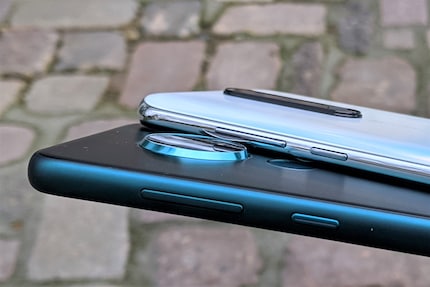
There has been no sun in Hamburg for the last few days. That's why you have to make do with a grey sky and autumnal colours. I find the Redmi Note 8 Pro's colours a little more saturated and vibrant. On the other hand, the Nokia 7.2 is slightly ahead in terms of detail - with fewer megapixels.

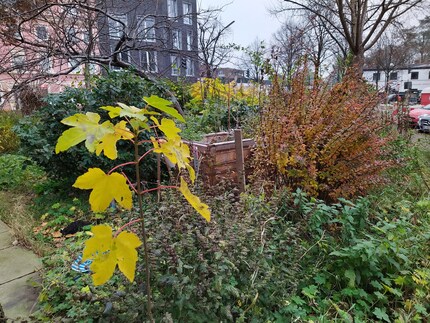
Both smartphones have an extra wide-angle camera, each with a resolution of eight megapixels. Compared to the main camera, you can expect a loss of quality. The level of detail is equivalent, but I like the colour of the Redmi Note 8 Pro better.
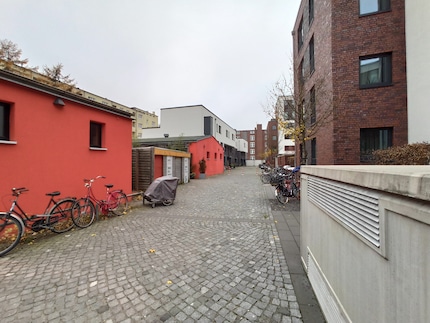
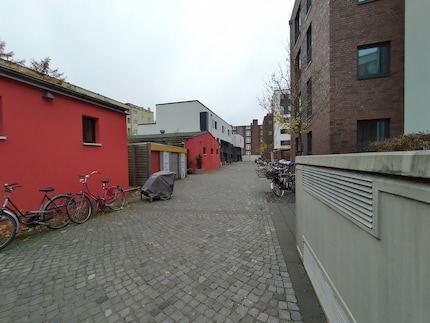
The triple and quad camera setups each include a depth sensor that provides additional information for portrait shots. The smartphones use this to blur the background and bring the subject more into focus. On closer inspection, the software on the Redmi Note 8 Pro ensures better delineation of the background.
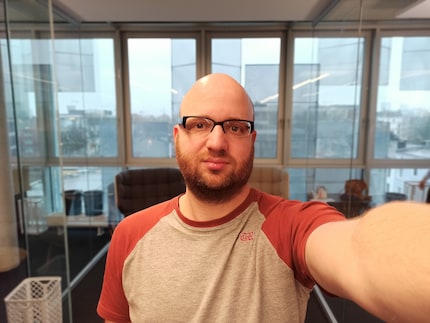

The Redmi Note 8 Pro offers you two additional recording options. Xiaomi uses the high resolution to offer a 2x zoom, the image quality of which is on a par with the standard viewing angle of the main camera. The macro lens allows you to get particularly close to the subject. However, the image quality of the 2-megapixel lens is so poor that you won't benefit from it.

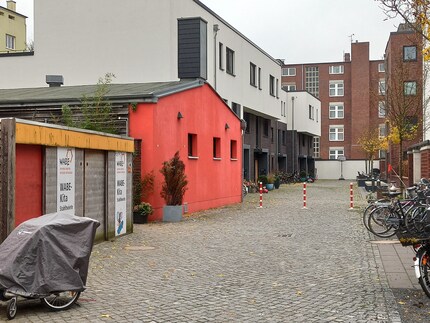
In good light, both cameras are very close in terms of quality. The differences become clearer in the dark. Here, the Redmi Note 8 Pro has the better colours and also offers more details. This does not change when you activate night mode. Despite the longer exposure time, the differences to "normal" shots at night remain minimal.


Selfies only during the day, please
The front cameras each deliver photos with a resolution of 20 megapixels. Despite the identical resolution, I like the Nokia 7.2's selfie better: the colours are not quite as intense, but there is more detail - as with the main camera.


Even with just one camera on the front, both smartphones offer a bokeh effect. The software of the Redmi Note 8 Pro calculates this slightly better.
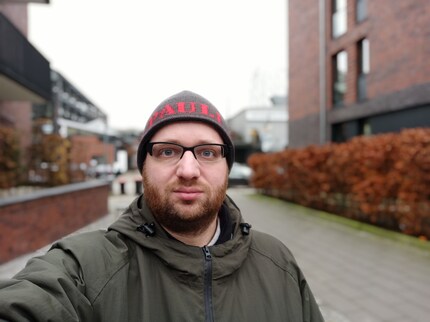

In the dark, the next similarity between the main and front camera becomes apparent. Although the Redmi Note 8 Pro is not really convincing here, it is still the better choice. The Nokia 7.2 brightens up the photo regardless and the result could pass for a very artistic Instagram filter.
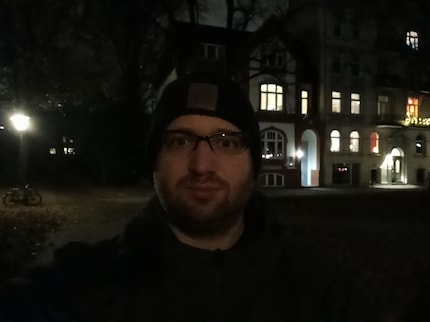
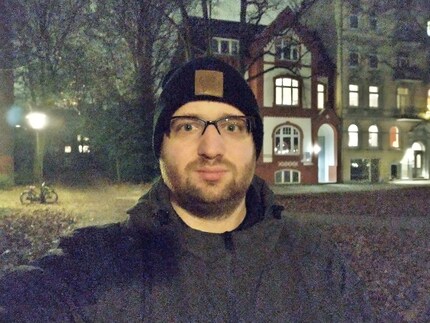
The image quality of the Redmi Note 8 Pro and the Nokia 7.2 - especially in the dark - does not come close to that of top smartphones costing more than twice as much. However, they still deliver usable photos during the day and have nothing to hide in their price range.
Hardware and battery
The next differences are under the bonnet. While the Nokia 7.2 is equipped with the Snapdragon 660, the Redmi Note 8 Pro is powered by the Helio G90T. Manufacturer Mediatek describes it as a gaming processor. It is supported by six gigabytes of RAM. Regardless of whether the internal memory is 64 or 128 gigabytes. With the 7.2, however, there is a dependency: 4 and 64 as well as 6 and 128 gigabytes are the memory variants.
I have the smaller version of the Nokia 7.2 at my disposal, but I still compare it with the Redmi Note 8 Pro. You don't notice any performance differences on the user interface, but the apps sometimes start much faster on the Xiaomi. Especially when the effort is greater, such as with the graphically demanding game PUBG Mobile. However, after the different loading times, it can be played on both smartphones without any problems. However, it automatically selects a lower image quality on the Nokia 7.2 than on the Redmi Note 8 Pro.
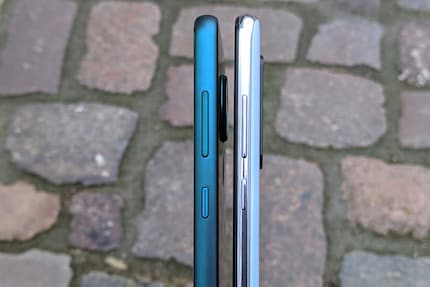
If you want numbers: In Geekbench 5, the measured values are close together and the Nokia 7.2 keeps up (338 and 1488 points compared to 494 and 1622 points), only to have a clear gap in Antutu: The Note 8 Pro manages 280,496 points, the Nokia 7.2 171,835 points. But even the lower score indicates good usability in everyday use.
The connections on both smartphones are identical: headphones can be connected via a 3.5 mm plug and the battery is charged via a USB-C port. With a capacity of 3500 mAh, the Nokia 7.2 has a significantly smaller battery than the Redmi Note 8 Pro with 4500 mAh. This is also noticeable in the battery life. If you don't overdo it with usage, the Nokia 7.2 will last you well over a day. Compared to the Pixel 4, for example, it is in a much better position.
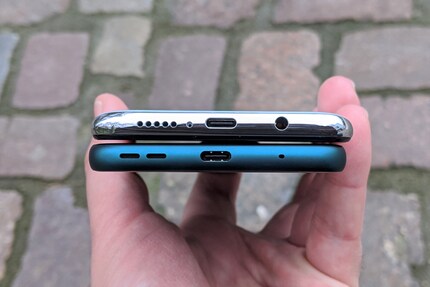
In direct comparison, you can count on an even longer battery life with the Redmi Note 8 Pro. I switched on both smartphones in the morning with 100 per cent charge and used them throughout the day. This included taking and transferring photos, playing PUBG Mobile for half an hour and watching YouTube videos for about an hour and a half. Then leave it for a while and check the charge level the next afternoon. Result: The Redmi Note 8 Pro outperforms the Nokia 7.2, which displays 48 per cent, with 65 per cent.
Android is not just Android
Android 9 Pie is currently running on both smartphones. Nevertheless, there are major differences in the software: The Nokia 7.2 is part of the "Android One" programme and Xiaomi provides Google's operating system on the Redmi Note 8 Pro with its MIUI user interface.
"Android One" means that you as a user are guaranteed to receive software updates for two years - i.e. Android 10 and Android 11 - and security updates for three years. In return, Nokia leaves the user interface unchanged and does not install any additional apps. For me, the lack of bloatware and the update guarantee are strong arguments in favour of the Nokia 7.2. If I get bored of the standard Android interface at some point, I can easily change it with a launcher.
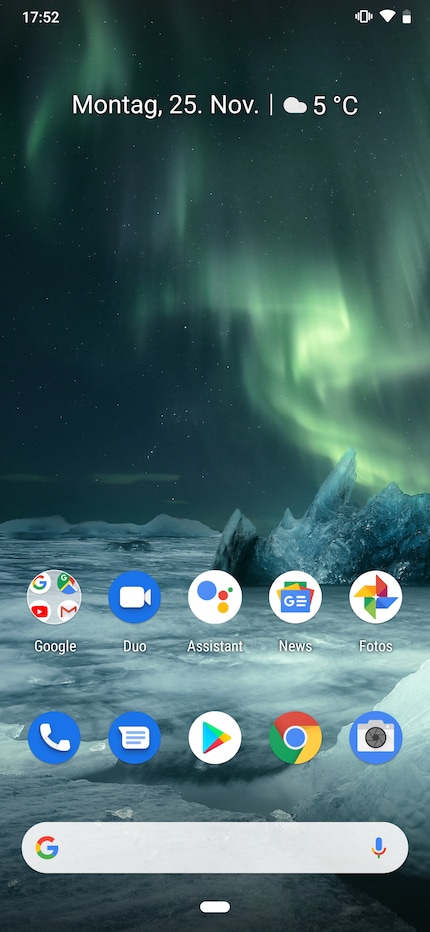
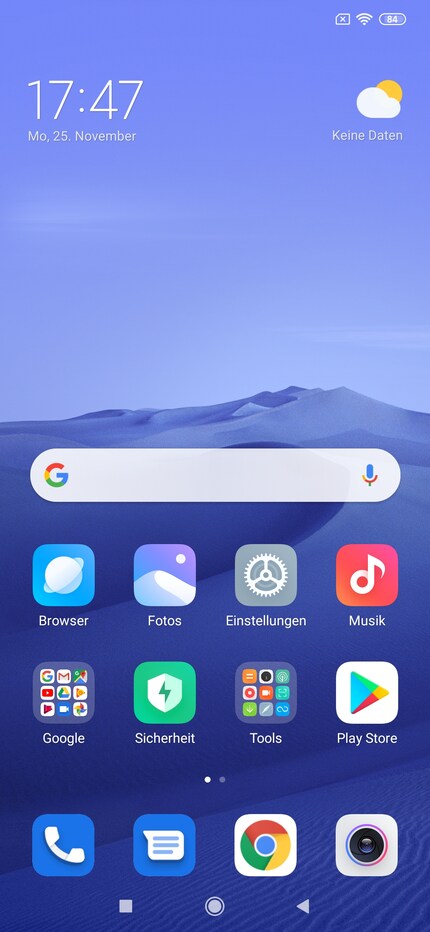
If you don't like MIUI 11 on the Redmi Note 8 Pro, you can of course also make visual changes here with a launcher. After switching on, you will find numerous other pre-installed apps on the smartphone in addition to the typical Google apps. Some of these are very practical, but sometimes duplicate the Google apps or are completely superfluous. Most of them can be uninstalled, but user-friendliness looks different. Xiaomi has also delivered software updates reliably in the past, but unlike Nokia, it does not make any promises.
Conclusion: Your focus determines which smartphone is better
Both the Nokia 7.2 and the Xiaomi Redmi Note 8 Pro prove to be good, usable mid-range smartphones. If the display or software updates are very important to you, you should go for the Nokia 7.2. The Redmi Note 8 Pro, on the other hand, has the edge in terms of hardware performance, battery life and image quality.
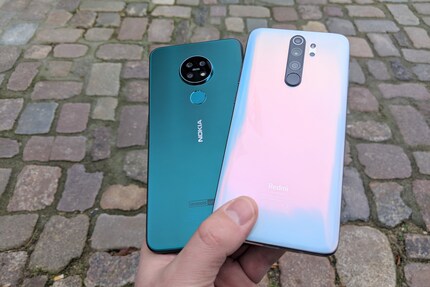
Overall, the Xiaomi Redmi Note 8 Pro is the slightly better overall package, which gains additional appeal thanks to the lower price.
When I was but a young student, I'd sit in my friend's living room with all my classmates and play on his SuperNES. Since then I've had the opportunity to test out all the newest technology for you. I've done reviews at Curved, Computer Bild and Netzwelt, and have now arrived at Galaxus.de.






